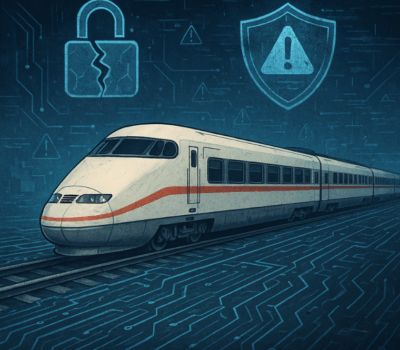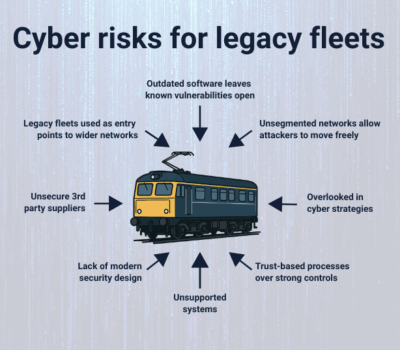Tackling noise pollution in the rail industry
Managing noise emissions in the rail industry is of utmost importance to address the significant challenges the industry faces concerning the environment and human health. Prolonged exposure to high noise levels can result in several health issues, implicating the importance of identifying primary sources of rail noise, noise reduction, and implementing effective noise mitigation strategies. Mitigating rail noise is vital to develop quieter, more efficient, and environmentally sustainable rail systems.
The Rail Safety and Standard Board (RSSB) in the UK recognises this issue and is actively working towards developing noise mitigation strategies. The RSSB’s initiative, “A Quieter Railway,” aims to identify and manage the ground and airborne noise and vibration that are associated with railway environments.
The RSSB’s “Guidance for Writing a Noise Management Strategy” is a major development in these efforts, requiring any new rail project to include a noise strategy as part of its development. This guidance promotes positive community relations and is an integral part of meeting regulatory compliance.
The RSSB has set specific noise reduction requirements that railway companies must adhere to, including mitigating noise pollution, reducing the impact of rail-related noise, and following legal requirements set by the Board.
Sources of rail noise
Rail noise originates from several sources, each contributing to the overall sound profile experienced by communities near railways:
- Rolling noise: This noise arises from the interaction between train wheels and tracks. Particularly during cornering, this interaction can produce high-pitched sounds, amplifying the overall noise level, especially noticeable at higher speeds.
- Engine noise: Diesel locomotives produce significant noise from their engines and exhaust systems. This is less of an issue for electric trains, which are generally quieter.
- Braking noise: The screeching sound during braking, often due to direction between brake pads and wheels, is another common source of noise.
- Track noise: Defects and irregularities in the track can amplify noise when trains pass over them, adding to the overall noise levels.
- Horn noise: The use of train horns, especially at level crossings, is a significant source of noise. Horns are essential for safety, alerting pedestrians and vehicles of approaching trains, but they contribute substantially to the overall noise pollution.
Our solution for noise reduction
At Encompass, we understand the impact noise can have and the importance of working towards a quieter railway, and we offer a range of solutions to reduce noise pollution:
Project Management and Optimisation: We develop comprehensive project plans, coordinate with stakeholders, and implement tailored solutions to minimise noise emissions and enhance overall performance. Our integrated approach ensures efficient project management while optimising rail operations for noise reduction.
Technical Engineering Review: Our team conducts comprehensive technical engineering reviews of rail infrastructure designs, including trains and tracks, to identify opportunities for noise reduction. We analyse design elements such as materials and technology to optimise performance while minimising noise emissions.
Quality Assurance, Test Witness, and Verification: We ensure that noise reduction measures are properly implemented, tested, and verified to meet performance standards. From design validation to on-site inspections, our expertise ensures noise control measures are seamlessly integrated into every stage of the project, guaranteeing optimal results and compliance with regulatory requirements.
Compliance Assistance: We provide guidance and support to ensure that your rail operations comply with noise regulations and standards. From regulatory assessments to developing compliance strategies, we help you navigate the complex landscape of noise regulations with confidence.
Get in touch
If you need specialist support with any of the practices outlined, do not hesitate to get in touch. Our specialist noise and acoustic consultancy services provide everything you need to seamlessly incorporate these practices into your operations.
We ensure that you meet all regulations and achieve optimal performance while minimising noise pollution. Together, we can create a quieter, more sustainable rail system that benefits both communities and the environment.






